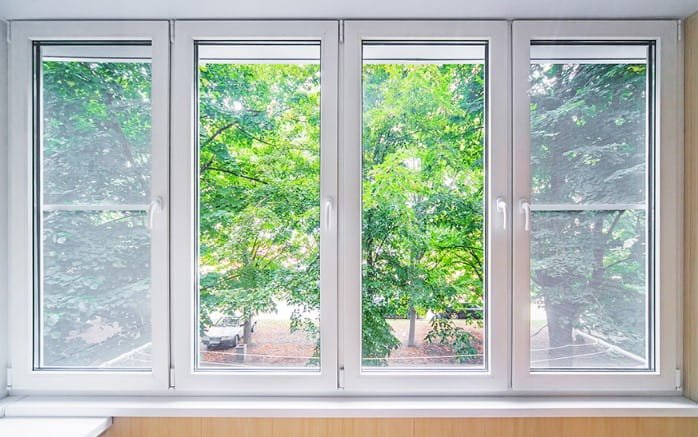
Creating an inviting and functional outdoor living space is a popular trend that allows homeowners to extend their living areas beyond the confines of their homes. Whether you’re looking to relax, entertain guests, or dine al fresco, selecting the right materials for your outdoor space is crucial. From furniture to flooring, choosing durable and weather-resistant materials ensures that your outdoor oasis stands the test of time. In this article, we’ll explore some key considerations and the best materials for various components of your outdoor living space.
- Outdoor Furniture:
When it comes to outdoor furniture, durability, comfort, and style are paramount. Opt for materials that can withstand the elements and require minimal maintenance.
a. Teak: Known for its natural resistance to decay and insects, teak is a popular choice for outdoor furniture. It ages gracefully, developing a silvery patina over time.
b. Aluminum: Lightweight and rust-resistant, aluminum is an excellent choice for outdoor furniture. Modern designs and powder-coated finishes add a touch of contemporary flair.
c. Resin Wicker: Resin wicker is a synthetic material that mimics the look of natural wicker but is more resistant to the outdoor elements. It’s easy to clean and maintain.
- Outdoor Flooring:
Selecting the right flooring material for your outdoor space is crucial for both aesthetics and functionality. Consider factors such as slip resistance, durability, and ease of maintenance.
a. Composite Decking: Made from a blend of wood fibers and recycled plastic, composite decking is durable, low-maintenance, and resistant to rot and insects. It comes in various colors and textures.
b. Porcelain Tiles: Porcelain tiles are a stylish and durable option for outdoor flooring. They are resistant to stains, frost, and moisture, making them suitable for various climates.
c. Natural Stone: Timeless and elegant, natural stone such as travertine or slate can add a touch of luxury to your outdoor space. Ensure proper sealing to protect against weathering.
- Outdoor Structures:
From pergolas to gazebos, outdoor structures enhance the functionality and aesthetic appeal of your outdoor living area. Consider materials that can withstand the elements and complement your overall design.
a. Cedar: Cedar is a popular choice for outdoor structures due to its natural resistance to decay and insects. It also has a pleasant aroma and weathers to a silvery gray over time.
b. Metal: Steel or aluminum structures provide a modern and sleek look. Powder-coated finishes protect against rust and corrosion, ensuring longevity.
c. Vinyl: Low-maintenance and durable, vinyl is an excellent material for pergolas and other outdoor structures. It resists rot, insects, and doesn’t require painting.
- Outdoor Fabrics:
When selecting fabrics for cushions, pillows, and other outdoor accessories, choose materials designed to withstand exposure to sunlight, moisture, and mildew.
a. Solution-Dyed Acrylic: This fabric is known for its colorfastness and resistance to fading. It also dries quickly and is mold and mildew resistant.
b. Polyester: Polyester fabrics are budget-friendly and resistant to mildew and UV radiation. Look for those treated for outdoor use with additional waterproof coatings.
c. Sunbrella: Sunbrella fabrics are renowned for their durability and resistance to fading and mildew. They come in a wide range of colors and patterns.
Creating a captivating outdoor living space requires thoughtful consideration of materials that can withstand the rigors of the elements while providing comfort and style. By choosing the right materials for your outdoor furniture, flooring, structures, and fabrics, you can ensure a long-lasting and visually appealing extension of your home. Invest in quality materials, and your outdoor oasis will become a retreat for relaxation and entertainment for years to come.






